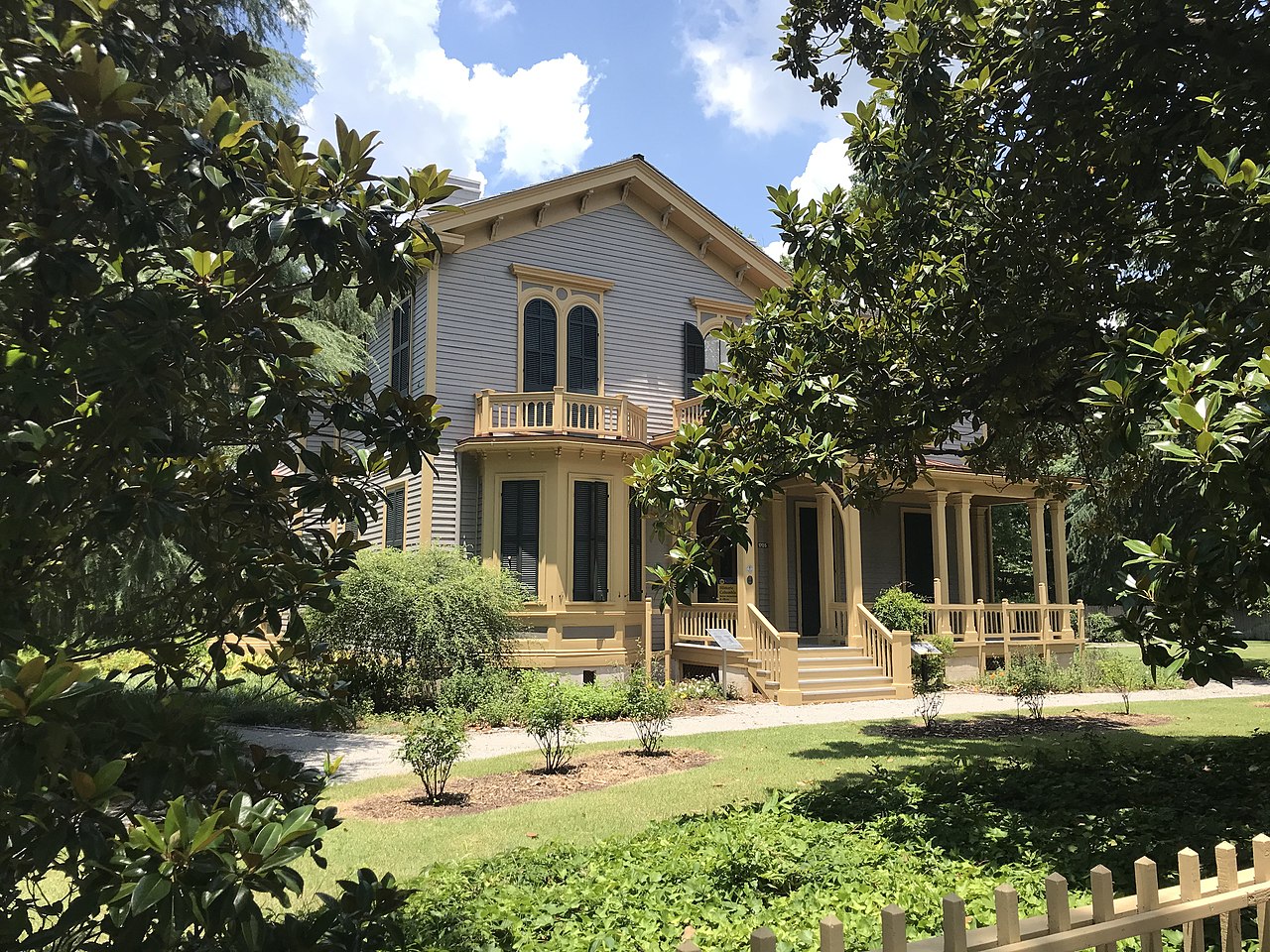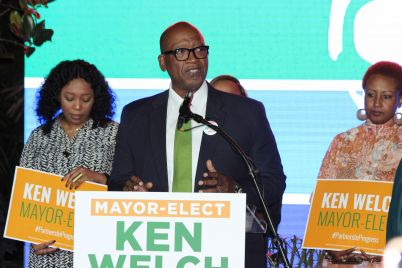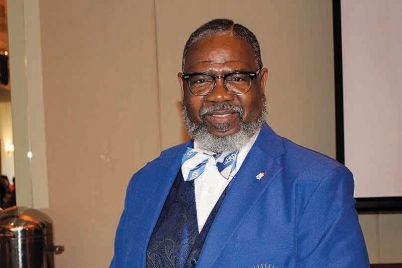The Woodson African American Museum of Florida presents the historic voice of this St. Petersburg community from the perspective of local, regional, and national history, culture, and community. It demonstrates the commitment to revitalizing the Midtown St. Petersburg area.
BY DR. NASHID MADYUN, Florida Humanities Executive Director
Greetings, I am new to St Petersburg. I genuinely love her vibrant diversity in culture, the incredible wealth of talent in music, cuisine and open conversations in every sector of this community. It seems everyone contributes in some way to that scene. I wondered, how could I?
I was a museum director for a couple of decades and fell in love with what a community-based museum stands for and could be. Like many African Americans from the mid-South, I was not introduced to the value of museums early, but the journey towards appreciation was a welcomed awakening. I believe this to be a sector that I may be able to contribute, a journey into the value of Black Cultural Preservation.
I was asked recently, “Why should we go to museums?” The answer to that question is best offered after a couple of clarifying points are addressed.
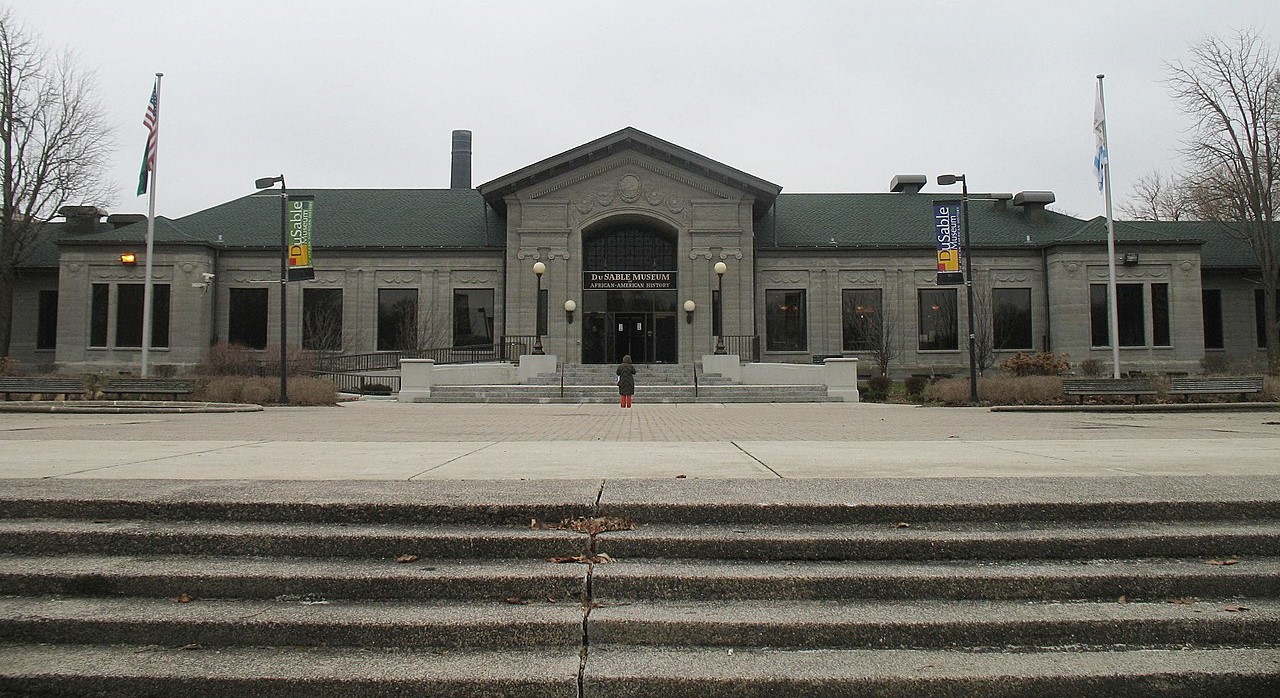
The DuSable Black History Museum and Education Center | Photo courtesy of TonyTheTiger at English Wikipedia
Who is the “we” in that question? What genre or type of museum are we talking about? To help our communities thrive socially and economically, we should endeavor to know our neighbors. Museums offer an opportunity to learn about the challenges and triumphs of a segment of our society. In that sense, we should all go to museums; there are many in our community.
Most museums and cultural institutions operate via a mission, a statement of purpose, or direction. These statements are often succinct, clear paths or definitions that present why the museum exists.
The programs and exhibits will likely not address all aspects of society. That’s too costly to maintain and would require blocks and blocks of space and energy. I am sure you have heard of the phrase, “you cannot be everything to everybody.”
Therefore, we have a Holocaust Museum, The James Museum of Western & Wildlife Art, fine art museums, galleries, the Woodson African American Museum of Florida and many more as we open our lens to the Tampa Bay region and Florida. Each museum is thoughtful in what it presents and how it cares about its treasures.
The Black museum has had its share of challenges. The existence of an independent Black museum is relatively new in America. The logic of knowing your neighbor to strengthen society implies that we know ourselves. As such, we should at the least know the complicated history of the Black museum.
The first Black Museum, Hampton University’s Museum and Archives, in Hampton, Va., founded in 1868, was primarily created to collect and present African-American art. The first Black museum not attached to an institution, DuSable Black History Museum and Education Center in Chicago, opened in 1961.
This is nearly a 100-year gap and reflects the chasm in Black identity movements such as Reconstruction (rise of Black politics), the Harlem Renaissance (art, literature, and music) of the 1920s, the Chicago Renaissance (art and music) of the 1930s and the age of Jim Crow and the Civil Rights Movement. There were three waves of Ku Klux Klan oppression.
As a matter of fact, though there was a Black Arts Movement in the 1960s, a conscientious Black Museum Movement did not occur until the 1970s, a clear century of Black heritage primarily attached to mainstream city museums or universities. Focusing on the first period of significant Black political activity, The Museum of the Reconstruction Era is in the family home of our 28th president, Woodrow Wilson. The Jim Crow Museum of Racist Memorabilia is on the campus of Ferris University in Michigan.
Who tells the story of the Black experience?
Florida now has a wealth of Black Heritage houses, museums and cultural institutions that are standalone entities. The challenge is patronage. Before artifacts and art become exhibits, the items must be housed in secure costly preservation systems. Thinkers and curators plan and discuss for months how to organize and interpret those artifacts and paintings in a manner that we can enjoy.
Yet, the COVID-19-era and general apathy have seen a stark decline in visits to Black museums and institutions. If that trend continues, there will be a consequential decline in open Black museums. Who then tells the story of the Black experience? Who then opens their archives to collect priceless Black memorabilia for preservation?
We not only need to visit Black museums to help us understand our story and tell our neighbors, but our patronage can mean the difference between an open or closed institution in the days we live now.
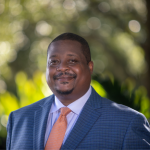 Dr. Nashid Madyun has served as the executive director of Florida Humanities since May 2021, bringing two decades of experience as a historian, museum professional and educator to the second-largest humanities council in the country.
Dr. Nashid Madyun has served as the executive director of Florida Humanities since May 2021, bringing two decades of experience as a historian, museum professional and educator to the second-largest humanities council in the country.


